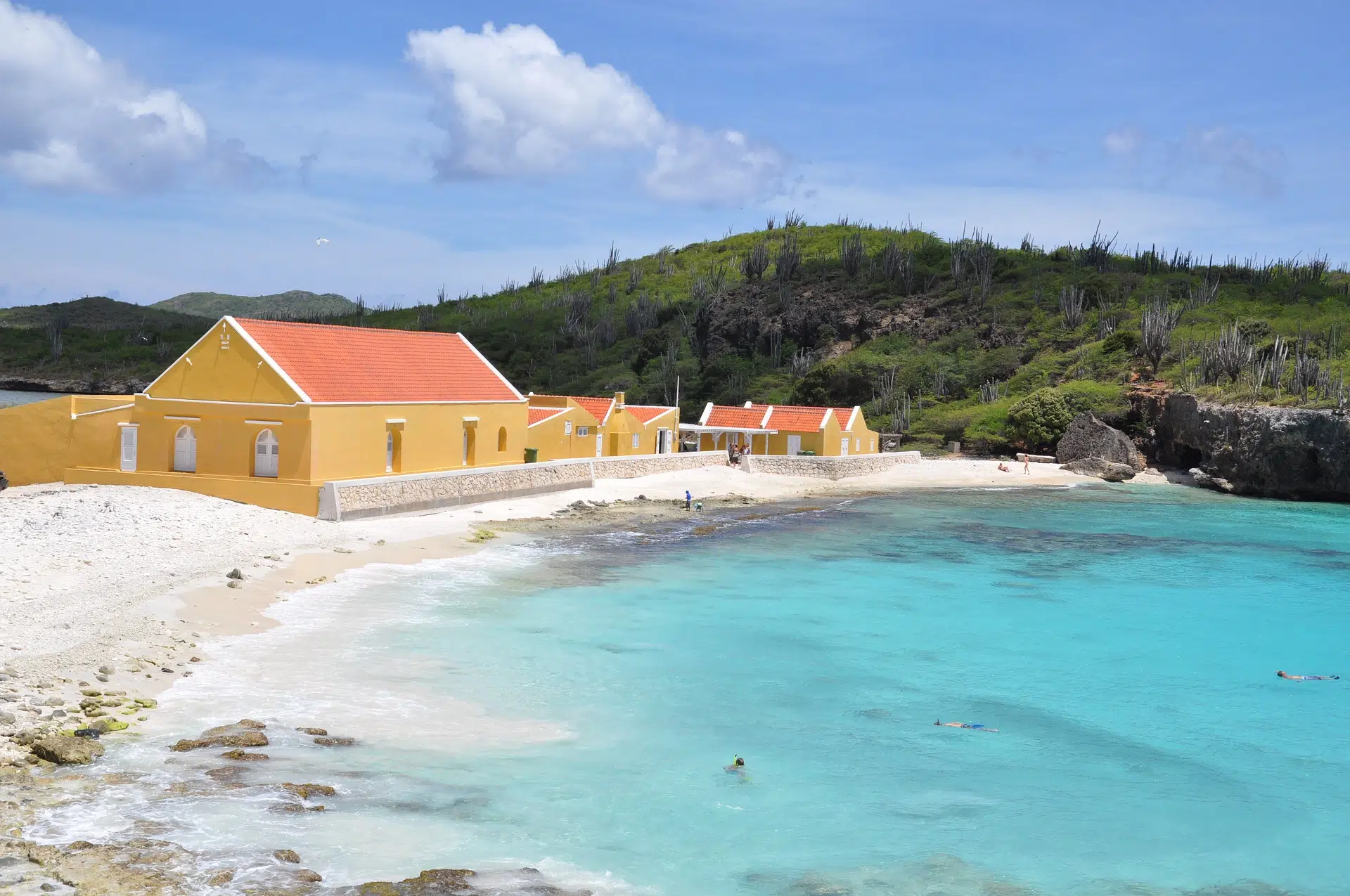Frequently Asked Questions About Bonaire
General FAQs for Bonaire
Which is the capital city of Bonaire?
What is best currency to use in Bonaire?
The official currency of Bonaire is the United States Dollar (USD). All major credit cards are accepted in most establishments on the island, and there are several international banks with branches located on Bonaire. There are also ATMs located throughout Kralendijk and other cities, which accept both U.S. dollars and Euros. The use of foreign currency is not necessary; however, it can be exchanged at banks and select exchange offices located throughout the island. In addition to this, travelers’ checks are accepted in most places.
It is important to note that although Bonaire has its own currency, the Netherlands Antillean gulden (ANG), it is only used by local businesses and is not accepted in most establishments. Therefore, the USD will be the primary currency when visiting Bonaire.
What are most spoken languages in Bonaire?
When should I visit Bonaire?
How many days are required for traveling in Bonaire?
What are the emergency phone numbers in Bonaire?
In case of an emergency in Bonaire, the following numbers should be called:
• Police: +599 717 8444
• Fire Department: +599 717 8445
• Ambulance: +599 717 8446
• Coast Guard (Search and Rescue): +599 717 8447
It is important to have these numbers saved on your phone for easy access in case of an emergency. In addition, it is always a good idea to carry some form of identification (i.e., a passport or driver’s license) as well as cash in case of unforeseen circumstances. Furthermore, if you are planning any activities on the island, such as snorkeling or diving trips, it is best to contact a reliable tour operator and ensure your safety. Bonaire is an amazing place to visit, but it is important to be prepared for any unexpected events.
Places FAQs For Bonaire
What are the popular tourist places in Bonaire?
• Lac Bay: An idyllic bay on the eastern side of Bonaire, with beautiful white sand beaches, crystal clear waters and an amazing wildlife sanctuary. The perfect spot for snorkeling and kayaking.
• Klein Bonaire: A small uninhabited island just off the coast of Bonaire, home to an incredible array of tropical fish and marine life.
• Washington Slagbaai National Park: Covering nearly the entire northern part of Bonaire, this natural reserve is perfect for hikes, birdwatching, and exploring the unique cacti forest.
• Donkey Sanctuary Bonaire: A haven for rescued donkeys, this unique sanctuary provides visitors with an opportunity to meet these gentle animals up close.
• Flamingo Sanctuary: Home to a large flock of pink flamingos, this is the perfect spot for taking beautiful photographs and spotting some of Bonaire’s most iconic creatures.
What is the best mode to travel in Bonaire?
Budget FAQs For Bonaire
How much will the vacation in Bonaire cost?
How much is the cost of eating out in Bonaire?
What is the average cost of stay in Bonaire?
What is the cheapest time to travel Bonaire?
Culture FAQs For Bonaire
How do the people behave in Bonaire?
Which food dishes should I try in Bonaire?
The popular dishes in Bonaire include:
• Keshi Yena – a traditional dish of stewed chicken with cheese and spices
• Stoba di Piska – a hearty fish stew made with tomatoes, onions, garlic and cilantro
• Funchi – a type of cornmeal mush cooked with onions, garlic and herbs
• Kadushi – a type of cactus salad often served with plantains and yams
• Sult – a traditional island dish made with salted fish, okra, potatoes and onions
• Ijsschotel – a cream-based dessert usually topped with fruits or chocolate
Which sport is the most popular in Bonaire?
What are the most popular religions in Bonaire?
What are the most popular festivals in Bonaire?
The popular festivals celebrated in Bonaire include:
• Carnival – Held annually in February or March, this festival features vibrant music and costumes, parades, parties and fireworks.
• Sonta Festival – A celebration of musical expression held every February/March.
• Easter Week – A series of religious ceremonies and celebrations held every April.
• Rincon Day – A cultural festival that celebrates the island’s history and heritage. Held annually in August/September.
• Dia di Boneiru – An annual holiday celebrating Bonaire’s unique culture, history and people. Held every October 10th.
What souvenirs to bring back from Bonaire?
When visiting Bonaire, some of the best souvenirs to bring home with you include:
• Local artwork – Buy a unique painting or photograph from a local artist.
• Hot sauce – Pick up some homemade hot sauce made with local ingredients.
• Jewelry – Get an authentic piece of jewelry made with coral or local stone.
• Liquor – Buy some of the island’s special rum or liqueur for a special gift.
• Music – Buy an album of traditional Caribbean music to remember your trip.
• Souvenir t-shirts or hats – Wear them proudly and represent Bonaire!
These souvenirs will help you remember your trip to Bonaire and remind you of the wonderful experiences you had on the island.
















